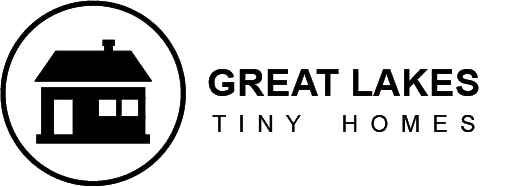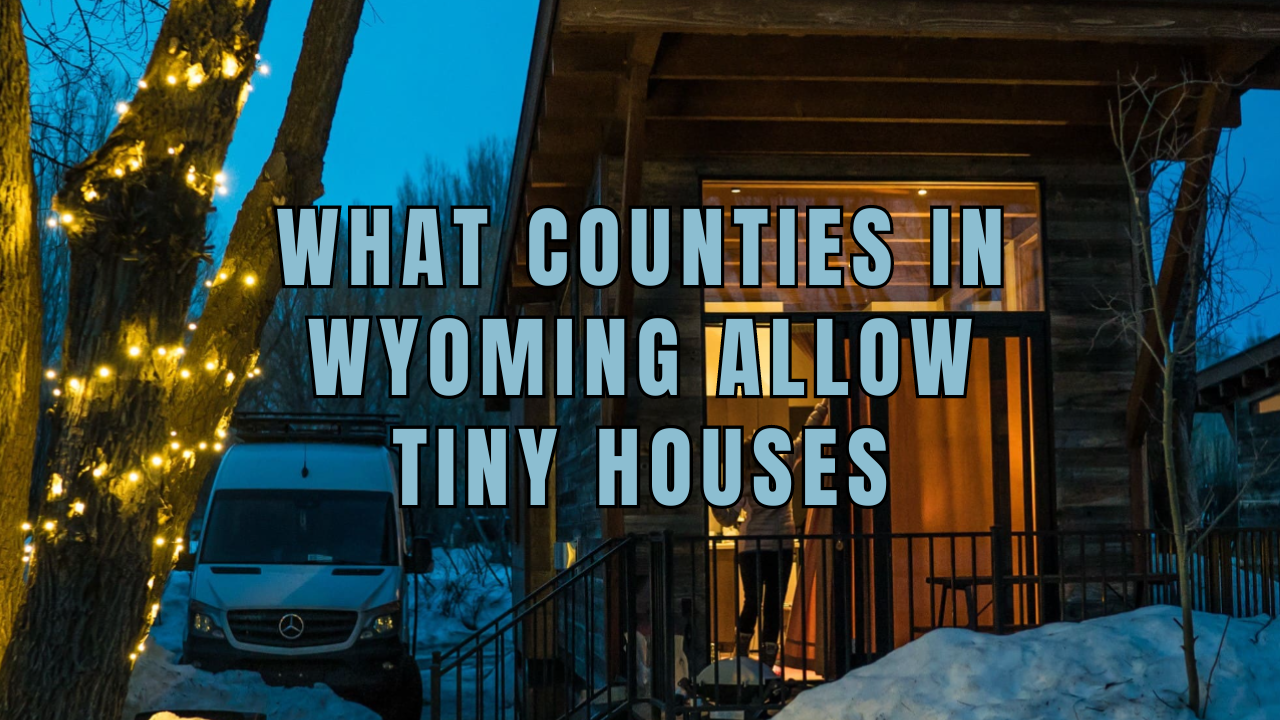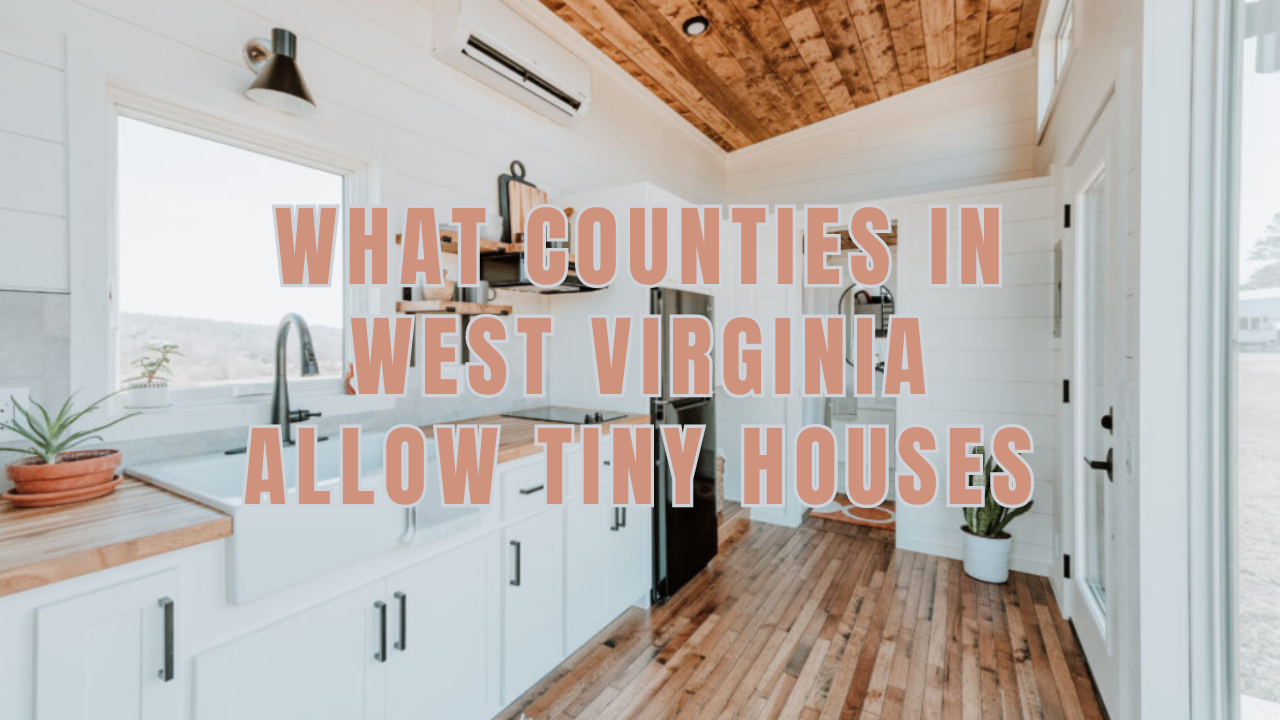When it comes to living in a tiny home in Montana, there are a few things you need to consider. The state of Montana has varying rules and regulations for tiny houses, and familiarize yourself with them before deciding to buy a tiny house. While some counties in Montana are more accommodating to tiny house living, others may have stricter zoning laws and building codes.
In this article, we will explore which counties in Montana allow tiny houses and the rules and regulations to consider before embarking on your tiny home journey.
Tiny House Prices in Montana
In Montana, the typical cost to build a house varies; in Missoula, it’s a little over $51,000, while in Helena, it’s over $57,500. Tiny houses appeal to people looking for economical living since they are far less expensive than standard residences. However, you can check out tiny houses for sale in Montana to discover your dream tiny home.
What Counties in Montana Allow Tiny Houses?
Appendix Q of the International Residential Code (IRC), which establishes guidelines and requirements for small dwellings on foundations of 400 square feet or less, has been accepted by Montana. Local governments use these guidelines to guarantee that small homes adhere to construction and safety regulations.
Missoula County
Montana’s Missoula County is friendly to small-home lovers and was among the first to approve the inclusion of Appendix Q. Any residential building on a permanent foundation with a surface area of 320 square feet or less is considered a small home, according to their definition.
Tiny dwellings are permitted as ADUs in the city of Missoula. The building’s size must be between 350 and 600 square feet to be considered an accessory dwelling unit. The following are some of the main guidelines and rules:
- Do not build a detached ADU on a lot where there is currently a single-family dwelling.
- The separate house’s external materials and the small home’s exterior materials must match. It also holds the house’s roof pitch and trim.
- ADUs cannot take up more than 50% of the lot’s real backyard space.
- At least ten feet separate the ADU and the main building.
- The maximum height for any ADU is 22 feet, or the height of the main structure, whichever is lower.
- To construct an ADU, you must get a construction permit from the city’s Development Services.
- If the housing unit is less than 120 square feet in size or 12 feet in height, you do not need a zoning compliance permit.
Gallatin County
Bozeman’s city in Gallatin, Montana, does not have the minimum necessary square footage for small houses or residential buildings, for that matter, as long as it complies with the city’s building code standards.
- Tiny houses constructed as ADUs are limited to 600 square feet.
- The city would like to make some significant adjustments to its ADU laws. The requirements for at least one off-street parking spot and alley access are among the modifications made.
- Investigation into adding Moveable Tiny Homes to the code’s requirements.
- Modify present engineering and utility regulations to promote and incentivize the building of more small-house communities.
Tiny House Regulations And Rules In Montana
In Montana, tiny houses are subject to zoning and building regulations, which vary by county and municipality. Generally, tiny houses on wheels are classified as recreational vehicles and restricted to designated RV parks. In some areas, there are minimum square footage requirements for tiny homes and restrictions on where to locate them.
Permanent Structure Rules
When tiny houses are installed on permanent foundations and adhere to Montana’s adoption of Appendix Q of the International Residential Code (IRC), they are considered lawful permanent buildings. Tiny homes are single-family residential structures with a floor size of 400 square feet or less, excluding lofts, and this appendix establishes the minimum specifications for them. It’s crucial to remember that these residences are for business or commercial use.
In Montana, when building or buying tiny homes, consider the following rules:
- The IRC’s “emergency escape and rescue opening requirements” framework, Section R310, stipulates rules the small house must follow.
- All corridors and spaces must have ceilings at least 6 feet 8 inches high. Ceiling heights lower than this are possible in sleeping lofts. The ceiling height must be at least 6 feet 4 inches for restrooms, kitchens, and baths.
- Lofts need a minimum horizontal dimension of 5 feet and a floor size of at least 35 square feet.
- The minimum width for stairways leading to lofts is 17 inches above the railing and 20 inches below it. There must be at least 6 feet, 2 inches of headroom.
- Stairway risers that access lofts are between 7 and 12 inches high.
- All municipal rules are applicable regarding other aspects such as building height, setbacks, foundations, and parking.
Temporary Structure Rules
In Montana, there is a regulatory gray area around Tiny Houses on Wheels or THOWs. For THOWs, there is no clear regulation, and a measure that attempted to close this loophole was defeated. On the other hand, you can park a THOW on a property or rent, in small home communities, or in licensed mobile parks. If you decide to live in a THOW, follow the same rules that apply to an RV or travel trailer.
Transitional Structure Rules
Montana knows the potential of tiny homes to help with issues related to housing supply and cost. Tiny homes are in the plans of cities like Great Falls, Bozeman, and Livingston to address homelessness and the lack of affordable housing.
Transitional housing alternatives such as small house villages may be permitted and governed by local governments. These communities may provide areas for tiny houses, or tiny homes on wheels, and local governments may impose taxes on THOWs using these areas.
In Montana Where Can I Build A Tiny House?
Choose a certified tiny house builder to guarantee your home conforms with construction codes, manage every document, and provide guidance throughout the process.
Building a tiny house is a big effort, but it does not have to be hard. The following are common locations for tiny homes:
- Tiny house communities
- RV parks
- National Parks and campgrounds
- Private properties
Tiny House Communities in Montana
Mary Village
St. Mary Village has energy-efficient appliances and a freshwater/gray water system, among other environmentally friendly features applied to Tiny. Going-To-The-Sun Road and the east entrance to Glacier National Park are both within a short distance from the hamlet.
Ten little cottages in the village are available for visitors to stay in for many months during the summer.
Up to four guests may sleep in each little cottage, which also features a private, luxurious bathroom. The tiny houses also include a barn-style sliding door that divides the comfortable living space from a small bedroom.
Bozeman Cohousing
Intentional living communities like Bozeman Cohousing emphasize being kind, accommodating, courteous, and cordial with one another. In a cohousing fashion, the community shares resources and governance.
A huge kitchen, internet, a garden and greenhouse, cars, a library, a workshop, and outdoor spaces with play areas, a bonfire, and hot springs are just a few of the shared amenities.
Tiny House Builders Near Me
You may select your ideal home without having to search for local builders thanks to Great Lakes Tiny Homes, which provides a variety of tiny house designs with countrywide delivery.
Furthermore, RV Industry Association (RVIA) approved constructor Great Lakes Tiny Homes gave the strictest adherence to construction, safety, and regulatory rules for homes and the highest production standards.
Do I Need a Certified Builder?
Indeed, you do. You may think about doing it yourself, but there is no guarantee of success.
You could feel confident that the small house you purchase complies with laws and regulations by working with an RVIA-certified builder, such as Great Lakes Tiny Homes. Because it guarantees that the materials in your home are high-quality, long-lasting, and safe, it also gives you peace of mind.
Insurance coverage and easier access to financing choices are two other benefits of hiring a qualified builder. Your tiny home is certified as a safe and livable space provided it complies with RVIA requirements.
FAQs
Can You Make a Tiny House in [state] Your Main Residence?
It is possible to live in a tiny home permanently in Montana.
But pay attention to the laws and ordinances in your area. Finding out if your tiny house complies with laws and regulations, including certification requirements, is best accomplished by contacting your local zoning and police departments.
In Montana, you can enjoy the benefits of a more straightforward and environmentally friendly living by researching and working with licensed builders.
Does My Tiny Dwelling Need to Pay Property Taxes?
Because tiny houses on wheels are categorized as RV autos or mobile homes, their owners do not have to pay the same property taxes if their dwellings are movable. There is no municipal personal property tax on automobiles.
The value of the property will probably rise if a tiny house is installed as an ADU, making property taxes due. Montana does not impose a sales tax on tiny dwellings, in contrast to other states.
In Montana, to Build on My Land Does It Require Permission?
While most Montanan villages and towns require a municipal building permit for residential development, the state does not require one for single-family homes. Therefore, be careful to inquire about any requirements and costs related to permits from the local government where you intend to build.
Conclusion
Montana allows tiny houses, but regulations vary by jurisdiction. Counties and cities create zoning districts for tiny houses, and many have adopted Appendix Q to ensure safety and building standards.
Furthermore, local definitions and regulations differ, so individuals must check with their local government. Tiny houses on wheels are generally seen as RVs but can be regulated by local governments in tiny home villages. Property taxes apply to tiny house owners, and the cost of building one is relatively affordable.





